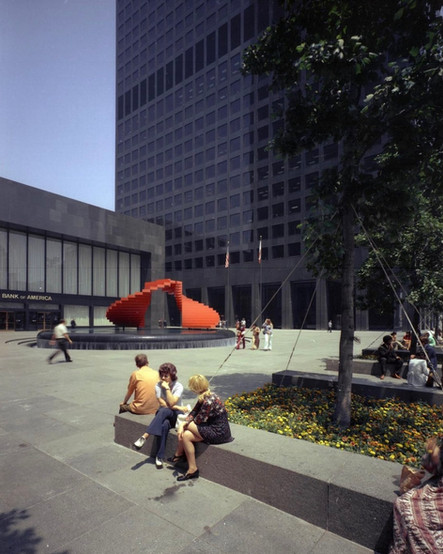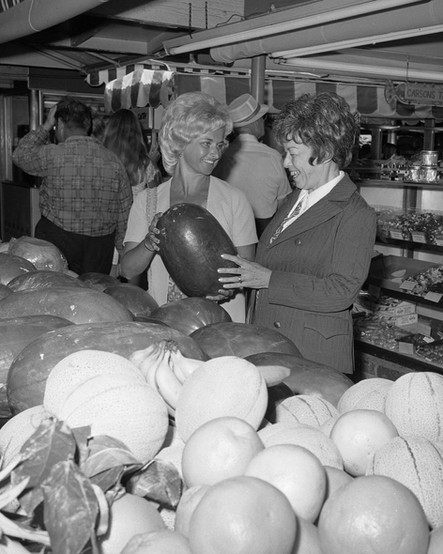
The early 1970s marked a transformative period in the history of Los Angeles. As the United States experienced a wave of social and cultural change, Los Angeles reflected these shifts in its own unique way. From political activism and urban development to the rise of counterculture and the entertainment industry, Los Angeles in the early 1970s was a city in flux. Let’s delve into the various aspects of Los Angeles during this era, exploring the socio-political climate, cultural movements, and the city's evolving identity.
The early 1970s in Los Angeles were characterized by a palpable sense of political activism. The city became a hub for social and civil rights movements, with individuals and groups advocating for causes such as racial equality, gender rights, and environmentalism. The Chicano movement, in particular, gained momentum, as Mexican-Americans fought for their rights and recognition in the face of systemic discrimination. Activist organizations like the United Farm Workers and the Black Panther Party had a strong presence in the city, leaving a lasting impact on the political landscape.
Los Angeles experienced significant urban development during the early 1970s, with the cityscape evolving to accommodate a growing population and changing needs. However, this period also witnessed significant challenges. Rapid urbanization led to issues such as traffic congestion, air pollution, and strain on infrastructure. The development of the freeway system, while addressing some transportation needs, also resulted in the displacement of communities and a growing reliance on automobiles.
The counterculture movement that emerged in the 1960s continued to shape Los Angeles in the early 1970s. The city became a magnet for young artists, musicians, and individuals seeking alternative lifestyles. Laurel Canyon became a hotbed of creativity, hosting legendary musicians like Joni Mitchell and Crosby, Stills & Nash, who crafted their iconic sound against the backdrop of the neighborhood's bohemian atmosphere. The rise of hippie culture, communal living, and experimental art scenes contributed to the vibrant and eclectic nature of Los Angeles at the time.
Los Angeles has long been synonymous with the entertainment industry, and the early 1970s were no exception. The city experienced a significant shift in film culture, with the emergence of New Hollywood and the rise of independent filmmakers challenging traditional studio systems. Filmmakers such as Francis Ford Coppola, Martin Scorsese, and Robert Altman brought new perspectives and storytelling techniques, leading to a renaissance in American cinema. Los Angeles also continued to be a hotspot for music and popular culture, with venues like the Troubadour and Whisky a Go Go hosting influential artists and fostering a sense of creative dynamism.
The early 1970s laid the foundation for the Los Angeles we know today. The activism and social movements of the era paved the way for greater social justice and equality, leaving a lasting impact on the city's political landscape. The challenges faced in urban development prompted discussions on sustainable growth, transportation alternatives, and community preservation. The counterculture and alternative lifestyles that flourished during this time contributed to the city's reputation as a center of creative expression and experimentation.
PHOTO GALLERY
Pic 1: Sunset & Horn - 1972. Photo by Jacques Henri Lartigue.
Pic 2: can anyone pinpoint this freeway junction? This aerial was taken by Georg Gerster in 1971 for a Swissair poster.
Pic 3: ARCO Plaza (now City National Plaza) shortly after completion - 1972. Photo by Wayne Thom.
Pic 4: Outside of Grauman's Chinese Theatre - 1972.
Photo from the UCLA Archives.
Pic 5: 1972 aerial of DTLA by Robin Dunitz.
Pic 6: The Security Pacific Plaza (now Bank of America Plaza) nearing completion - 1974. Photo from Reddit.
Pic 7: Westlake Village aerial - 1972. Photo by Larry Sharkey.
Pic 8: Testing signs on an unopened portion of the Foothill Freeway - 1972. Photo by Rick Browne.
Pic 9: The LA Farmers Market LA - 1972. Photo from the
UCLA Archives.
Pic 10: A smoggy view back in 1972. Photo from the EPA.























Kommentare